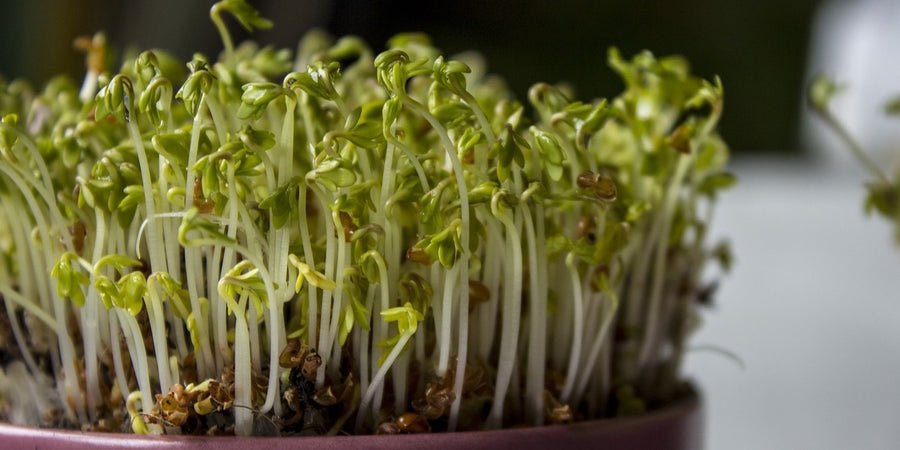November Monthly Growing Guide

The chill in the air, a sure sign winter is on its way. There may not be large harvests to bring in but there are a few jobs in the kitchen garden to take care of in this month, you could call it a little forward planning.
November job list
Indoors:
The freezer is packed with produce like runner beans and soft fruits like gooseberries; store cupboards have rows and rows of bottled sauces, jams, jelly and pickles. Keep an eye on the produce stored in sheds and cold stores. Check regularly potato tubers stored in sacks; any sign of soft or rotting potato discard immediately. Cut back on watering the tender perennial potted plants and allow them to go into hibernation.
Greenhouse/Coldframe:
Adequate ventilation must be provided if growing any vegetables in the greenhouse and remove greenhouse shading. Continue to harvest greens to minimise overcrowding too. Take hardwood cuttings of soft fruit bushes and place pots in a coldframe over winter, water only when the growing media is dry to touch.
Broad Beans and some Pea varieties such as Meteor may be started in pots and kept either in greenhouse or a coldframe, or once started planted outdoors and covered with a cloche frame until established.
Continue successional sowing of winter Salad crops.

Outdoors:
Continue to harvest Spinach, Kohl Rabi and last of the Fennel. After the first overnight frost some winter vegetables improve in flavour; vegetables like Parsnip, Kale, Brussels Sprouts and even Carrots which have been left in the ground with a straw mulch over the ground to protect them from freezing.
There is still time to sow the last of the Green Manures, with Field Beans and Forage Pea still viable during this month.
Cover plants for winter harvest such as salads, use mesh rather than fleece. Mesh allows more light through is stronger against winter weather, and is more effective against pests such as pigeons and rabbits.
The main no dig job at this time is mulching (covering) bed soil with compost of any kind. You don't need to sieve it; just break up lumps with a manure fork. When first spread it can look a lot but then it settles, and after a week or you should see a cover of around 2.5 cm of new compost.
On paths, a thin cover of wood chip serves to feed soil organisms, especially the mycelial network. Spread about 3cm of chips not too large, which have been decomposing in a damp heap for a few months. You can use new chips if you don't have old ones. And all tree materials can go straight on the soil without any cardboard, unless there are more weeds than you can pull by hand.
Collect fallen leaves, they make wonderful leaf mould when placed in hessian bags or placed in a leaf mould pen made with chicken wire left to break down over the winter months. Once broken down, leaf mould can be mixed with compost and straw to use as mulch around plants or added to potato planting trenches. Plant out bare-root fruit trees and strawberry plants. Maintenance can also begin on established fruit trees and shrubs now; since leaf fall indicates hibernation mode, so start by removing dead, damaged or decayed stems and by opening the centre of the tree allow for a good airflow around the branches.
General tasks:
Continue to dig as long as the ground is not waterlogged or frozen. This will benefit clay soil structure being exposed to wet and frosty conditions. Place seed potato order now, this ensures varieties you want, for delivery in January. Repair fruit cages to help protect buds from bird pest damage over the winter months.



